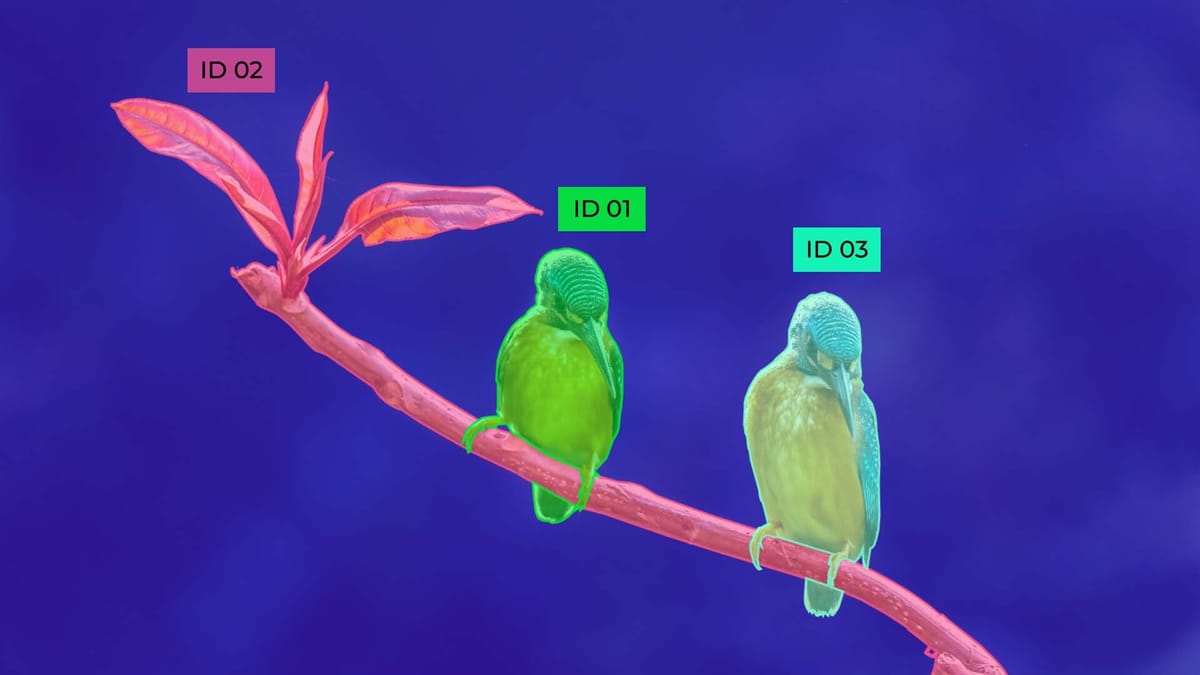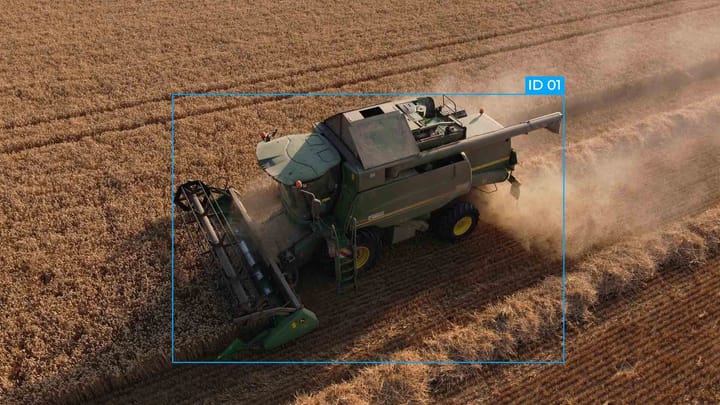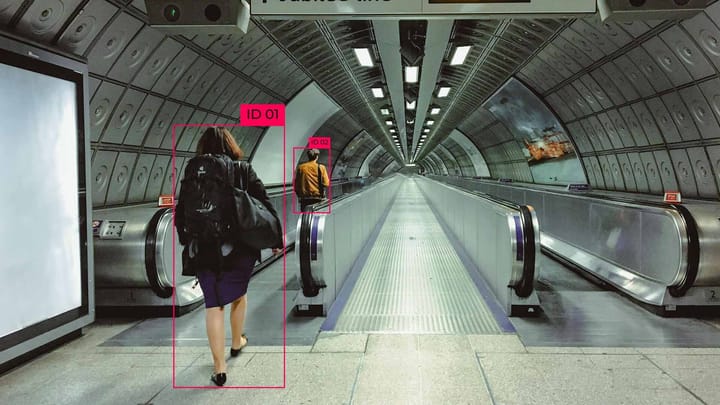Gamifying Annotation: Increasing Labeler Engagement and Accuracy

Gamification involves adding game-like elements, such as points, rewards, levels, leaderboards, and challenges, to encourage participation and enhance motivation. Integrating these features may make the process more enjoyable and rewarding for labelers, potentially leading to higher engagement and better focus. This can result in improved annotation quality and faster processing times.
Key Takeaways
- Gamification can increase labeling speed and reduce errors significantly.
- Game elements tap into key motivators like learning and competence.
- Gamification boosts engagement while maintaining high-quality standards.
- The article will cover implementation, success measurement, and quality control in gamified annotation.
Understanding Data Labeling Fundamentals
Data annotation is the process of labeling or tagging data so that machine learning models can learn from it. The main idea is to provide clear labels or annotations to data - text, image, audio, or video - so that a machine can understand patterns, make predictions, or classify new data. There are four types of annotation:
- Text Annotation involves labeling text parts, such as identifying entities (like names or dates), sentiment (positive or negative), or categorizing topics. It is mainly used in natural language processing (NLP).
- Image Annotation involves tagging elements of an image, such as drawing bounding boxes around objects (e.g., cars, people) or classifying the content. This technique is widely used for training computer vision models.
- Audio Annotation Labels sounds or speech, often for speech recognition or sound classification. For example, it marks where certain words are spoken or identifies specific sounds.
- Video Annotation: Combines image annotation with time-based aspects, marking objects or actions frame by frame to help train models for tasks like action recognition or object tracking.
Essential Game Elements for Annotation Tasks
Gamification in annotation tasks involves integrating game-like elements to boost engagement and productivity. This approach transforms repetitive labeling work into an interactive experience. It could improve both efficiency and data quality.
Point Systems and Scoring Mechanisms
Essential game elements for annotation tasks are game design features incorporated into the data labeling process to increase engagement, motivation, and overall task performance. These elements help transform the monotonous annotation task into a more interactive and enjoyable experience.
Achievement Badges and Rewards
- Badges are symbolic representations of accomplishments or specific milestones that an annotator has reached. They are typically awarded for reaching certain performance levels or completing particular tasks.
- Rewards. Rewards go beyond the symbolic value of badges and often include tangible or monetary incentives. They are used to motivate annotators further and can offer a stronger incentive for maintaining high performance over time. Examples of rewards include:
- Monetary Incentives. This can include bonuses or payments based on the quantity or quality of work completed. For instance, an annotator might receive a higher payment rate after reaching a certain number of tasks completed with high accuracy.
- Gift Cards. Annotators might receive gift cards to popular stores or services as rewards for reaching certain goals or milestones.
- Virtual Goods or Points. Annotators can be awarded virtual goods, such as tokens or coins, which can later be redeemed for tangible rewards or services.
The combination of badges and rewards creates a sense of progress and achievement. By rewarding both performance (accuracy, speed, consistency) and engagement (completion of tasks, mastery), the system not only drives higher-quality work but also makes the annotation process more engaging and fun.
Leaderboards Competition
Leaderboards display rankings based on performance metrics, such as the number of tasks completed, accuracy rate, speed, or other specific goals related to annotation. These rankings often update in real-time or at regular intervals, allowing annotators to track their progress and compare their performance with others.
- Global Leaderboards: These show the top performers across the entire community or user base. They create a sense of overall competition, as annotators strive to be among the best.
- Local or Group Leaderboards: These leaderboards rank participants within a smaller group, team, or even a particular project. This fosters a sense of community and teamwork while still incorporating competitive elements. Local leaderboards might focus on a specific task, such as annotating a set of images or a specific category of data.
- Time-Based Leaderboards: These leaderboards are often reset periodically (daily, weekly, monthly) and reflect performance within that specific timeframe. This type of leaderboard encourages annotators to perform consistently over shorter periods, adding a sense of urgency and immediacy to the task.
Leaderboards are effective because they provide visible recognition of top performers, often leading to a desire to climb the rankings, which can drive more engagement and better results from annotators. The competitive aspect of leaderboards taps into the natural drive for achievement and status.
Implementing Quality Control in Gamified Systems
While gamification can significantly increase engagement and motivation, it can also introduce risks like reduced focus, intentional manipulation of scores, or lower-quality annotations due to the competitive or reward-driven nature of the system. To address these challenges, quality control measures need to be integrated into the gamified framework to maintain high standards of performance.
- Establish Clear Standards and Criteria. Before gamifying an annotation task, it is important to understand the quality standards and expectations for the work. These criteria should be communicated clearly to annotators so that they understand what constitutes high-quality, acceptable work. This can include guidelines on how to annotate data, expected accuracy levels, and specific details that need to be observed for consistency. Ensuring that annotators are aware of these standards is essential for aligning gamified incentives with the desired quality outcomes.
- Regular Monitoring and Feedback. Gamified systems should include mechanisms for continuous monitoring of annotator performance. This can include tracking key metrics such as task accuracy, speed, and consistency. By providing real-time feedback, annotators can adjust their work and focus on areas where they may need improvement. Feedback could be automated, offering immediate correction for mistakes, or provided by quality control personnel if more complex evaluation is required.
- Rewarding Consistency and Accuracy. Rather than just rewarding speed or quantity, gamified systems should focus on rewarding consistency and accuracy over time. Badges, points, and rewards can be tailored to incentivize high-quality work.
Best Practices for Sustainable Engagement
Without sustainable engagement, annotators may experience burnout, frustration, or a loss of interest, leading to a decrease in the quality and quantity of their work. Here are some best practices for fostering sustainable engagement in gamified systems:
- Set Clear, Achievable Goals. It's important to provide annotators with clear and achievable goals that align with their capabilities and motivations. These goals can be broken down into short-term and long-term objectives, making the work feel more manageable and rewarding.
- Offer Regular, Meaningful Feedback. Regular feedback is essential for guiding annotators and helping them improve. Positive reinforcement, such as congratulating users on completing tasks accurately or efficiently, helps keep them motivated. Constructive feedback is equally important; if an annotator makes mistakes, offering specific guidance on how to improve can lead to greater learning and better performance in the future.
- Avoid Overloading Participants. While gamification is designed to increase engagement, overloading annotators with too many tasks or too many points at once can lead to burnout. It's essential to balance the workload to ensure participants feel challenged but not overwhelmed. Providing breaks, offering a variety of task types, and allowing annotators to control their pace can help them stay energized and focused for longer periods.
- Foster a Sense of Community and Collaboration. Creating a sense of community within the gamified environment is key to sustaining long-term engagement. Social features like team-based challenges, collaboration opportunities, or the ability to compare progress with others (via leaderboards or team rankings) help foster camaraderie and create a more enjoyable experience.
Real-world Applications and Case Studies
- Biocuration in Medical Research. The APICURON project utilized gamification to enhance the efficiency and accuracy of biocuration - the process of collecting, organizing, and annotating biological data. By incorporating gamification principles, APICURON successfully motivated contributors, leading to improved data quality in the medical research field.
- Facial Emotion Recognition Data Collection. To collect annotated facial emotion data, researchers developed "Facegame", a gamified approach where players imitated facial expressions corresponding to specific emotions. This method yielded a diverse dataset of facial expressions, enhancing the training of emotion recognition models and providing participants with a fun and engaging experience.
- Online Survey Enhancement. Gamification has been applied to online surveys to increase participant engagement and improve data quality. By incorporating game elements, surveys became more enjoyable, leading to longer completion times and more thoughtful responses from participants.
Summary
In summary, gamifying annotation represents a transformative approach to improving both the engagement and accuracy of labelers involved in data tasks. By integrating game elements such as points, badges, leaderboards, and challenges, organizations can effectively motivate participants, enhance productivity, and encourage consistency in their work. Gamification taps into intrinsic human motivations, such as competition, achievement, and recognition, creating a more enjoyable and rewarding environment for annotators.
Real-world applications across various domains, such as medical research, image annotation, and educational settings, have demonstrated the effectiveness of gamifying annotation tasks. These case studies show that when implemented thoughtfully, gamification can significantly enhance the efficiency of the annotation process, improve data quality, and provide a more engaging experience for contributors.
In essence, gamifying annotation tasks offers a powerful tool for improving both the quality and quantity of labeled data, while maintaining high levels of engagement and satisfaction among participants.
FAQ
What is gamification in data annotation?
Gamification in data annotation uses game-like elements to make labeling data more engaging. It aims to boost annotator motivation and productivity. This approach ensures high-quality data for machine learning projects.
How does gamification address challenges in data labeling?
Gamification turns repetitive tasks into engaging experiences. It uses points, badges, and leaderboards to motivate workers. This approach helps combat monotony and keeps annotation quality high.
What are some best practices for creating sustainable gamified annotation systems?
Sustainable systems have balanced rewards and progressive challenges. They also build community. These practices ensure long-term engagement and learning opportunities.
How does Self-Determination Theory relate to gamification in data annotation?
Self-determination theory highlights autonomy, competence, and relatedness. Gamified systems can meet these needs, boosting engagement and performance.
Are there real-world examples of successful gamification in data annotation?
Yes, many companies have seen success with gamification. It boosts engagement, accuracy, and productivity. These examples offer valuable insights for others considering gamification.
How does gamification impact the quality of annotated datasets?
Gamification can improve dataset quality by motivating annotators. But, quality control is crucial to avoid compromising accuracy for points.



Comments ()